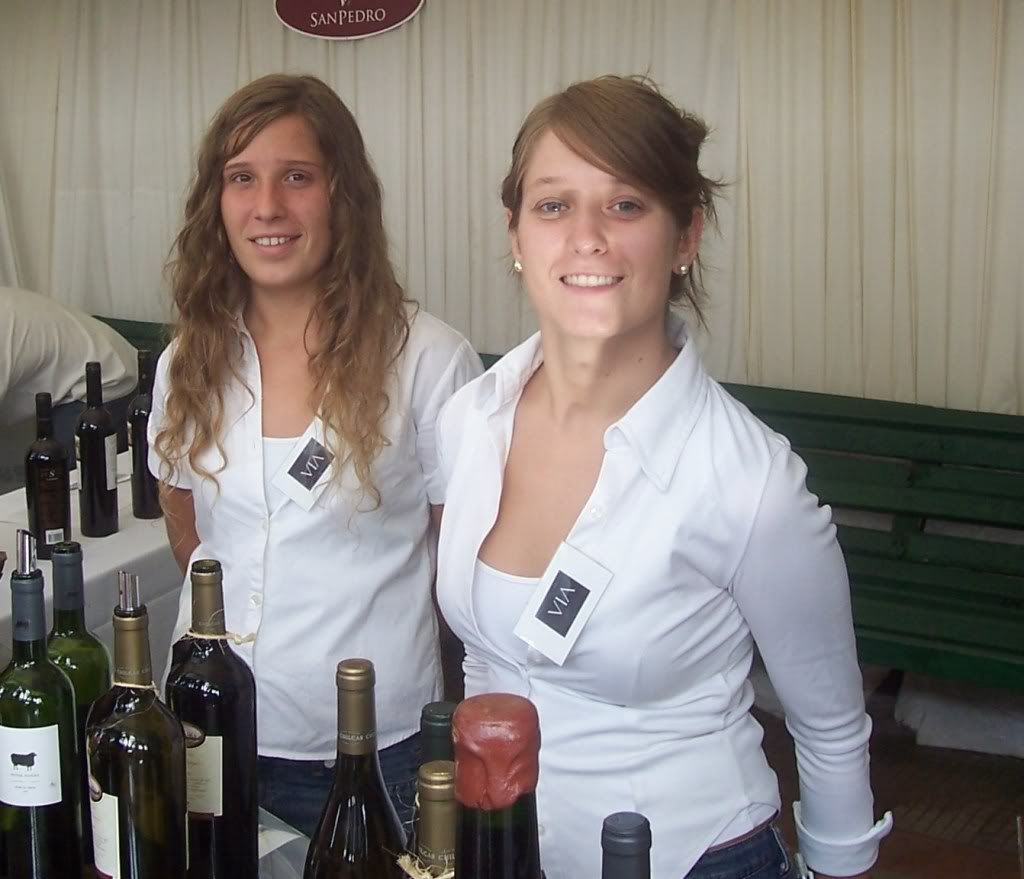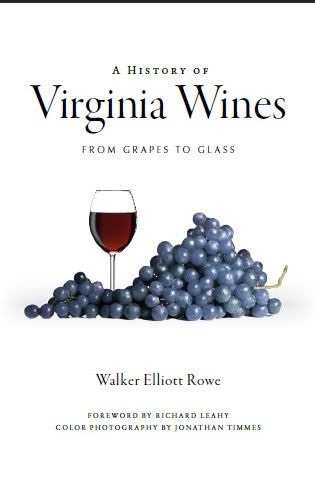
If anyone sells you a so-called “free range chicken” don’t believe them. Animal activists and organic farmers have spread the notion that it is cruel to cage birds. They say chickens should be free to roam and scratch cow pies turning them over and dining on the windfall of insects found therein. It is cruel to confine thousands of chickens in one industrial setting where they lay eggs onto conveyors and their manure is ferried out to waiting lagoons by rotating belt. Visit a chicken farm so described and the stench is horrible because all of the nitrogen in that manure ammonia gas escapes in volumes enough to make you run for the door. It’s the same with turkeys. I once worked at Berry Hill vineyard farming wine grapes. This 40 acre vineyard was placed on the side of one of the few high ridges in
It was with visions of free range chickens wandering my pastures and gardens eating insects and scratching at the ground that I bought my first 40 chicks from McMurray Hatchery. Chickens, like honey bees which I also bought, arrive by the mails. I believe I paid $4 postage to the postman who probably burned up $6 for fuel driving up to my house to deliver the young birds. “Peep, peep, peep”, they make this delightful little sound as they stand there neatly aligned in little rows of downy feathers. They look like tennis balls with legs except they are much smaller.
When chicks arrive you are supposed to keep them warm. The rule of thumb is to keep them in 95 degree heat by hanging a heat lamp over their bedding reducing the temperature a few degrees every week until they are ready to move outside. If the chicks stand to far away from the heat lamp it is too hot. If they huddle underneath it is too cold.
McMurray Hatchery promised me an assortment of laying hens and meat birds. I had chicks that in 10 months or so would be laying white, brown, and even blue colored eggs. Or so goes the theory. Tossed into the mix was an assortment of what they called “meat birds”. These were Cornish and White Rocks hens. All of my new chickens were females.
Out in the pasture meanwhile I had had 4 hens and 1 rooster that had been laying eggs for some time. These chickens I had gotten from Pearmund Cellars. Chris Pearmund had moved off the property to a newly-built house so no one was taking care of them so he said I could take all 5 and a couple of bags of food too. So one morning before daylight I snuck into the hen house and plucked the hens from their roost and tossed them into pillow cases. I had read that this was the easiest way to capture chickens—i.e., get them while they are sleeping so I bundled them off blindfolded as it were like some kidnapping victims ala Secuestro Express. They clucked quietly inside the pillows as if this is something that happened every day.
I was not completely new to chickens because my father had had them on his 500 acre farm when I was a boy and his second wife’s parents had them too. But I only spent the summer with my dad and his new bride so responsibility for the taking care of the chickens rest with someone else, certainly not me. I think two of the sharecropper’s sons who lived on the farm took care of our flock because I don’t recall my dad doing the same. So I was a debutante chicken farmer and consulted a book.
My son loved playing with the 5 chickens that I spirited away from Pearmund Cellars. He did what we called “chicken tipping” whose name we borrowed from the sport called “cow tipping” which is what I imagine they do in places like Kansas where tipping over sleeping cows is the only game in town. The thing about chickens is no matter how you rotate them they keep their head pointed straight up. There have sort of an onboard gyroscope. So Nathaniel did not knock over sleepy chickens he just picked them up and rotated them.
I bought a book on chicken coop construction and built a cheap mobile one from some galvanized tin, chicken wire, and 1x1 lumber, staples, and an extra large pallet. The idea was to drag the chickens from one place to another so they would scratch at the ground improving the soil and put down fertilizer with their manure before I moved them to another spot. Chicken manure, also called “litter”, is higher is nitrogen, phosphorous, and potassium that manure from cows or horses. That is one reason so many local farmers here in
Everything was going swimmingly out in the pasture. The chickens were happy in their mobile chicken coop. I installed an electric polywire fence that was also moveable around their hen house. This kept the Labrador retriever out. The chickens did not stay inside since they could all fly, but this did not bother me because they flew up in to the trees where I assumed they would be safe from predators. The chickens no longer trusted my hen house because I constructed it too light. I wanted it to be light enough so that I could easily move it around but it had the density of a lightweight, hobby aircraft. So it did what most airplanes do when the wind blows: it took off. More than once I came home in the afternoon to find my chicken coop upside down with a handful of angry birds standing on top staring at me. I learned to fix that problem by pounding stakes into the ground and attaching a heavy chain.
Back inside my kitchen problems were starting to develop. My house sounded like some kind of petting zoo as the chicks went “peep, peep, peep” whenever they were hungry which was pretty much all day long. I filled a plastic tub with oak sawdust shavings of which I had plenty since I had bought a whole dump truck full to make compost for the pasture. Then I set out some watering cans. But the meat birds quickly started growing faster than they laying varieties so I then divided the flock into two.
Most Sundays I would go to the grocery store and buy one of those roasting hens that have a thermometer inside. They mainly come from Perdue which has most of their farms east of me on the Eastern Shore of Maryland across the Chesapeake Bay and west of my across the Shenandoah Valley in Harrisburg. But now that I know what I do about meat birds I have pretty much lost appetite for the same.
White Rocks hens are bred to grow quickly. But the problem is they grow too quickly often ballooning to a weight for which their legs cannot carry them. The McMurry catalogue advised that the birds should be slaughtered at only a few months before they developed problems walking. To breed them with a deficiency seemed sort of cruel to me. Worse they got to this weight rapidly by eating. One would not say they ate “voraciously” they ate “compulsively” like mad men. Had they been humans they would have been confined to a hospital bed rising only to join one of those hotdog eating contests you see on the news.
The laying hens were happy now that I had moved them away from the White Rocks who fairly stepped on them as they clamored for move food. Soon the Rocks learned to hop since flying was not something they would ever be able to do with their heavy weight. They knocked over the watering cans and made quite a noise. I found it hard to talk on the telephone doing my day job. My house was beginning to smell. It was still winter but on sunny days I put them out for a little exercise and to air out my house.
I was glad when the icy winds of March gave way to the halcyon days of April and I could move my chicks outside. The laying chicks were still tiny so I put them in my unheated greenhouse to keep them out of the wind. The Rocks were waddling now and quite fat and smelly. I put them into the mobile hen house inside the polywire fence. The problem with the fencing was it was made to contain goats. The mesh was quite small and the fat little Rocks were able to push themselves out a jolt of 4,000 volts of electricity not withstanding. I dreaded walking down to the hen house because the Rocks would come racing out to meet me outside the safety of the electric fence when they thought I was bringing them corn. The dogs would not go outside and the cat had cut a back flip when she first encountered the wire. But outside the fence there was nothing I could do to protect them.
By this time my rooster had disappeared leaving only a pile of feathers below the spot where he had been roosting in the tree. All kinds of predators like chickens: fox, raccoon, skunk, possum, and of course my Labrador retriever. There was not much I could do to protect the chickens if my retriever was going to eat them and if they pushed their fat little bodies through the fence netting. Soon they were disappearing at the rate of 1 per day. In the day it was the dog and at night other predators. Worse Will my black lab taught Molly my livestock guard dog to chase and kill chickens. Molly is a Great Pyrenees which is a breed that is bred to live and care for animals. It was supposed to guard and not east chickens but will changed all of that. Soon they ganged up and hunted like a pack in their murderous charge across the farm
My herd of chicks dwindled to only a few and all that remained were a couple of Rocks and the adult birds I had gotten from Pearmund Cellars. So I slaughtered and cooked one of the White Rocks. It was so tough that I could not finish it. This is where I learned what others had told me. The only birds worth eating are those industrially-raised chickens whose feet scarcely touch the ground. So called-free range chickens might be good for eggs but their meat gets too tough if they get any exercise at all. Of course all my birds had muscles from running for their lives. This was no
Most everyone I know here in
Continue Reading...









